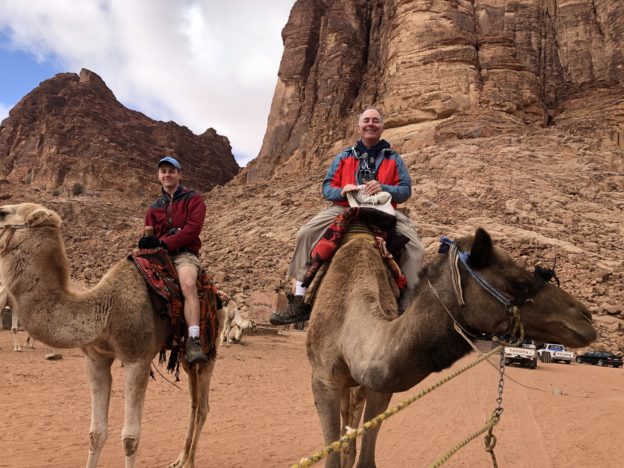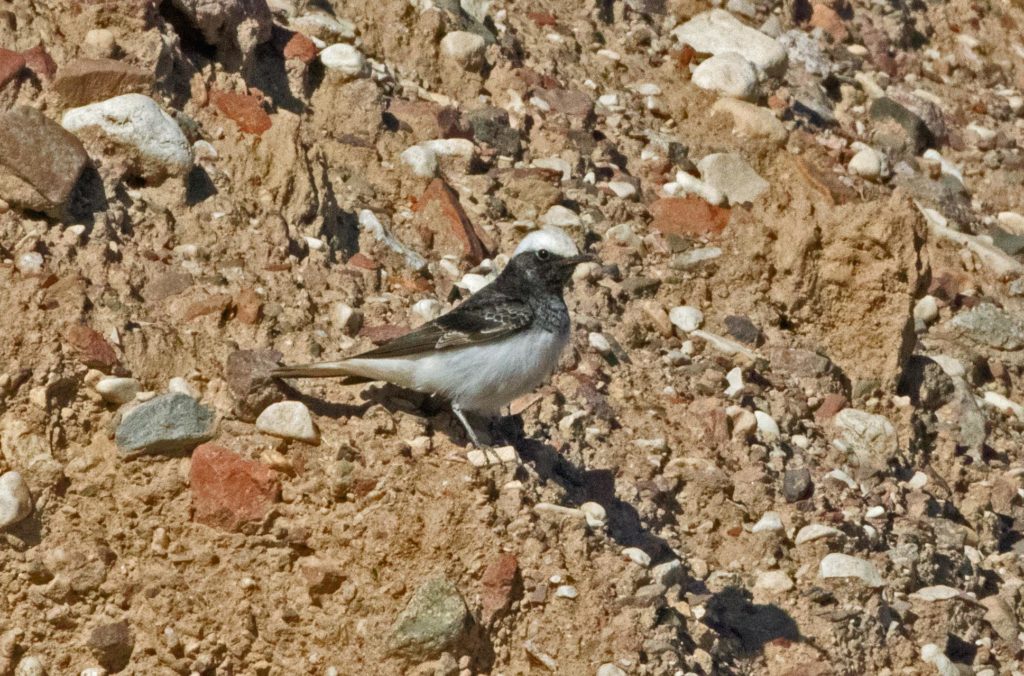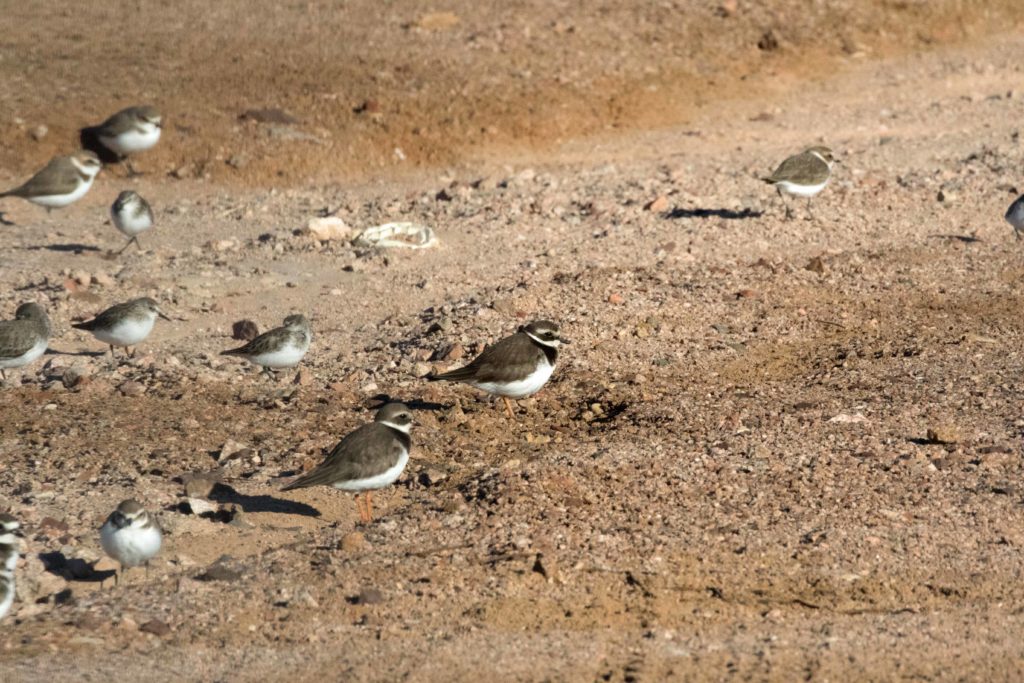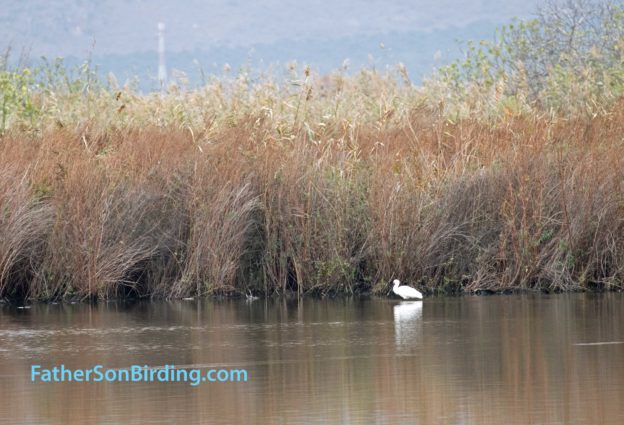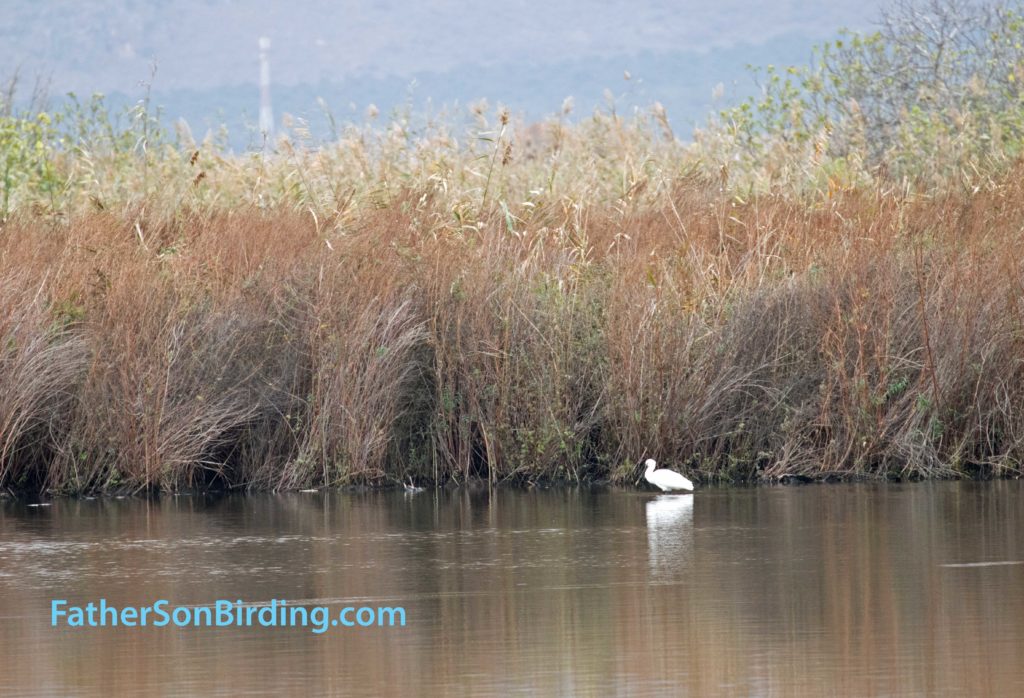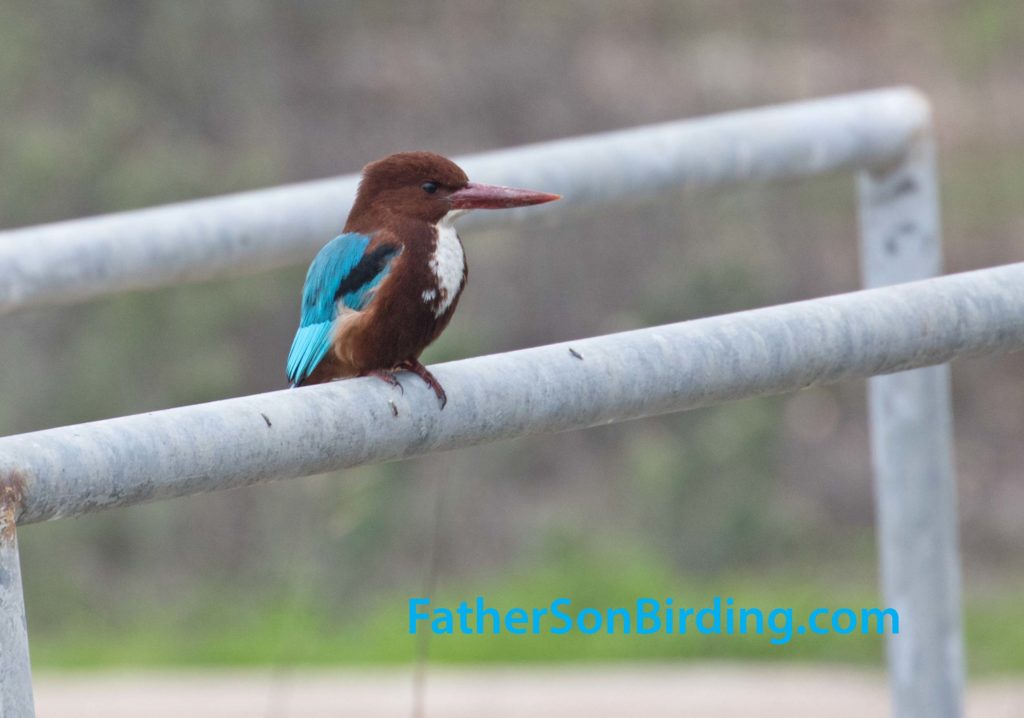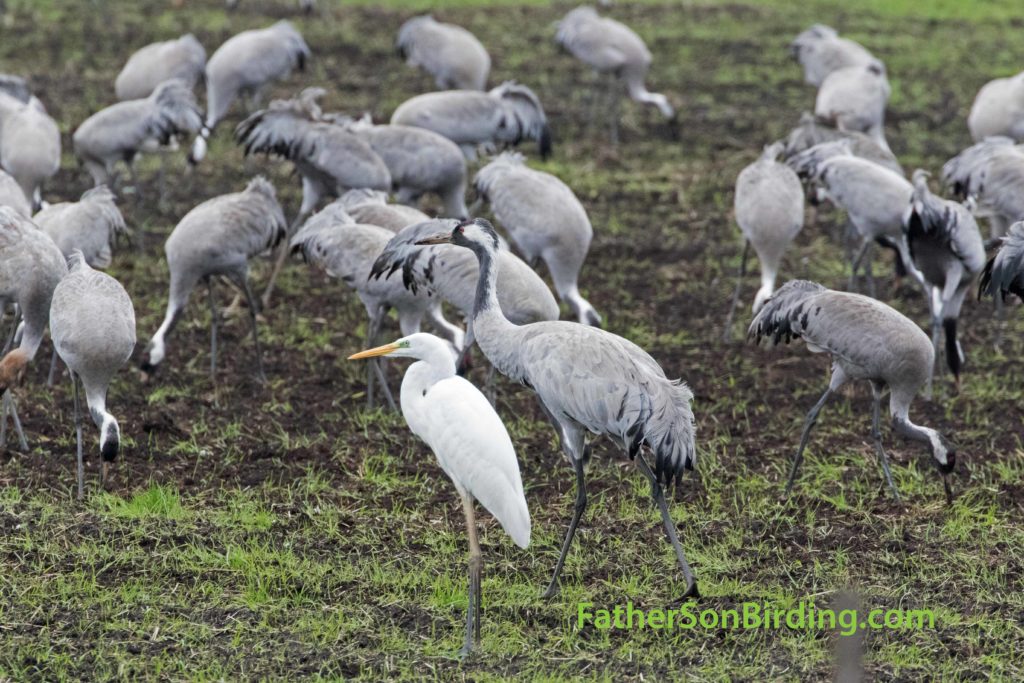We hope you enjoy Braden’s new post about our visit to Jordan. Braden and I know first-hand what a difficult time this is for many of you, and we hope that you are all staying healthy and safe. We encourage you to share this post with all of the kids and educators in your lives to help education continue during these tough months. I have also posted a virtual author visit to the Galapagos as another resource for teachers, librarians, and kids. It can be found on my YouTube Channel. Please feel free to share this as well. Most of all, keep birding!
Frigid wind raced under our raincoats as we tore across the sand. My dad and I were perched on makeshift benches in the open top of a Toyota (the proud sponsor of deserts, apparently), squinting at our dramatic surroundings as grains of dust flew into our eyes. We turned a wide corner, and found ourselves at a makeshift settlement at the base of a mountain. The truck slowed to a halt, and our driver, Ahmed, helped us get out.

“Welcome to Lawrence’s Spring,” he said, gesturing towards small pockets of vegetation that apparently indicated underground water. Above us, a huge canyon opened up, spilling boulders down the mountainside. To the left sat a large, black tent where locals and tourists warmed their hands by a smoking fire while eyeing trinkets. Young boys and dromedary camels lounged around, and Brown-Necked Ravens soared above us. After bouldering a little, my dad and I took a short camel ride, with two friendly boys leading our surprisingly tall camels in a large circle. The boys took special interest in our binoculars, just as the guards at the Jordanian Border Crossing had earlier that morning. Thankfully, our binos were returned to us both times.
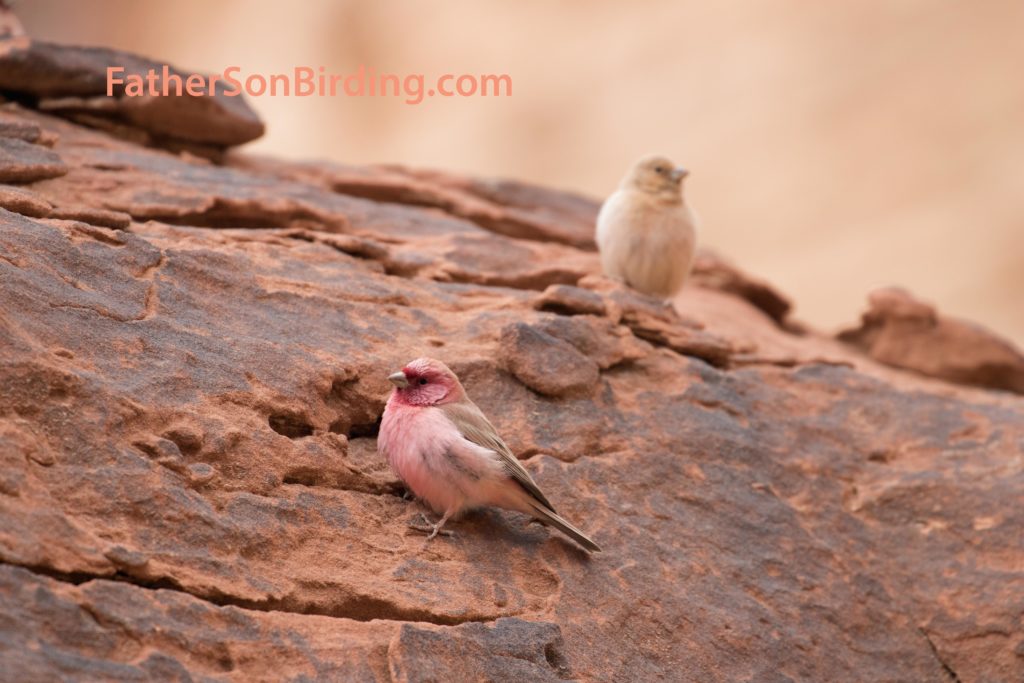
We got off the camels, preparing to board the truck again, when a large flock of birds caught my eye. My dad and I had already grown accustomed to the striking white and black Wheatears, of which there were several species, but along with these, several other birds had gathered by the rocks behind the base of the tent. One was an unusual subspecies of the Black Redstart, one we hadn’t seen before, and several bland but new Desert Larks hopped around on the sand. Some of the birds were vividly pink and red-patterned, though! We hadn’t seen these before, and I guessed they were finches based on their thick beaks. I got fairly close, snapping several hundred shots, before our guide called us back to the truck. Upon later investigation, we discovered they were Sinai Rosefinches, the National Bird of Jordan! We’d now seen two National Birds on this trip, the other being Israel’s Hoopoe.
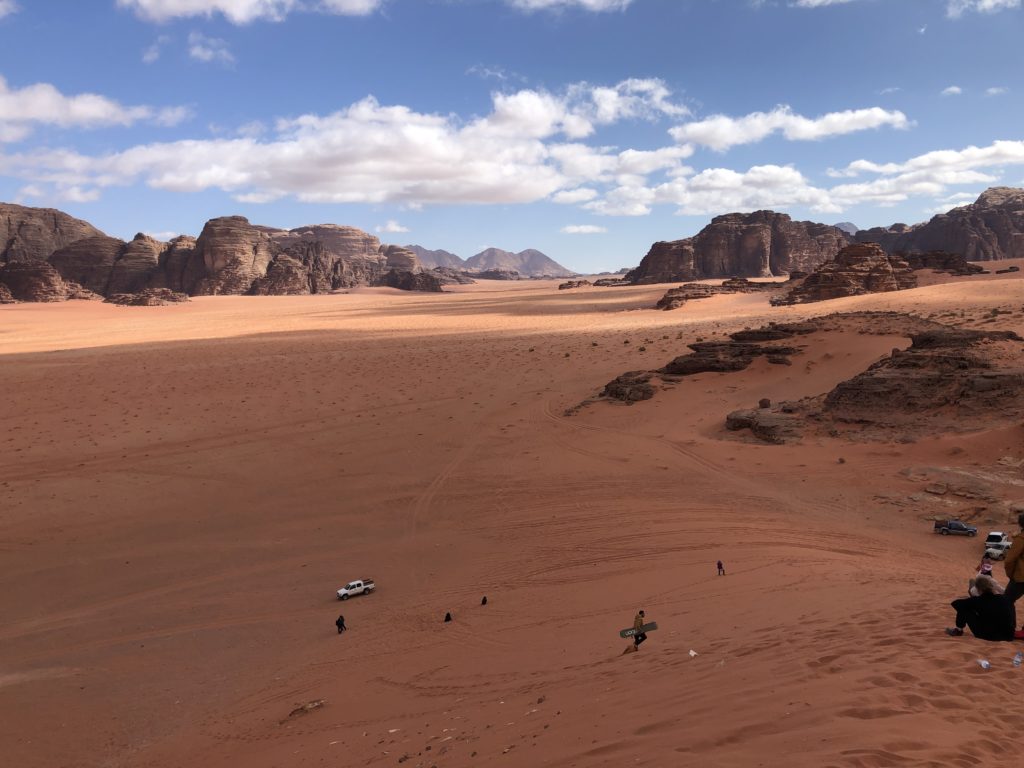
The next few hours, we continued across the desert to various small attractions, hiding from the wind behind mountains each time. We climbed a sand dune, summited an arch and explored two desert canyons. One canyon had ancient Nabatean glyphs carved into the walls, and fig trees sprang up wherever water was to be found. The coolest part of Wadi Rum, though, may have just been the ridiculously awesome scenery. Huge, limestone mountains jutted out of the red and white sands, giving off the impression of massive Rosetta Stones with their unique, melted-wax type look. Star Wars and The Martian, both of which had been partly filmed here, didn’t show off every part of the desert, though. Some areas had rocky ground rather than sand, and there were large patches of low brush in other locations. Unfortunately, this vegetation acted like nets for trash, and we saw more white plastic bags than White-Crowned Wheatears perched atop the shrubs. It seemed the tourists, of whom there were quite a few, did not respect the desert as much as they should’ve.
As my dad and I exited one canyon, we spotted two tiny birds racing from one bush to another. They reminded us of the brush-loving Graceful Prinias we’d seen the rest of the trip, but since every other bird we’d seen today was new, we decided to check them out. Sure enough, we finally flushed them, and took pictures as the pair of sharply-streaked birds ran up the canyon walls like Canyon Wrens. Later, as we sat in our hotel, we identified our photos as Scrub Warblers!
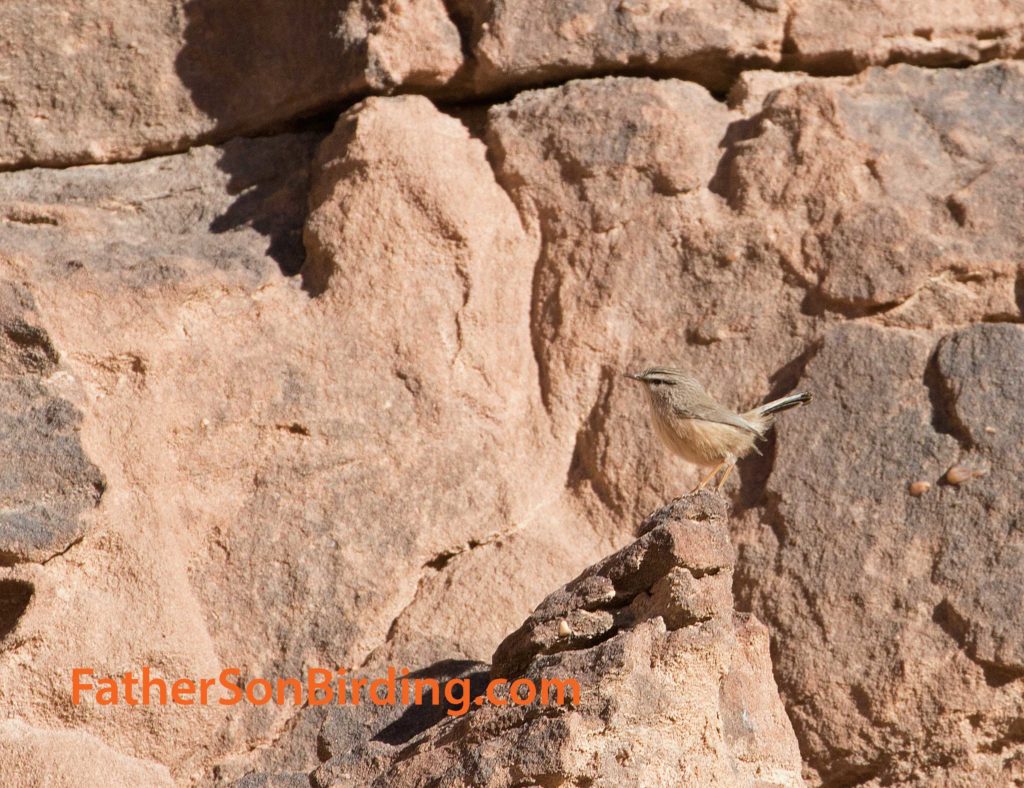
We eventually were driven back across the desert to the town of Rum, the only permanent human settlement in the valley. Other people did live here, called the Bedouins: these people, who were traditionally nomadic sheepherders, now made money off of tourism, by running hotels (or at least as much as a tent can be a hotel). Ahmed told us, that if we ever came back, we should spend the night in the desert.
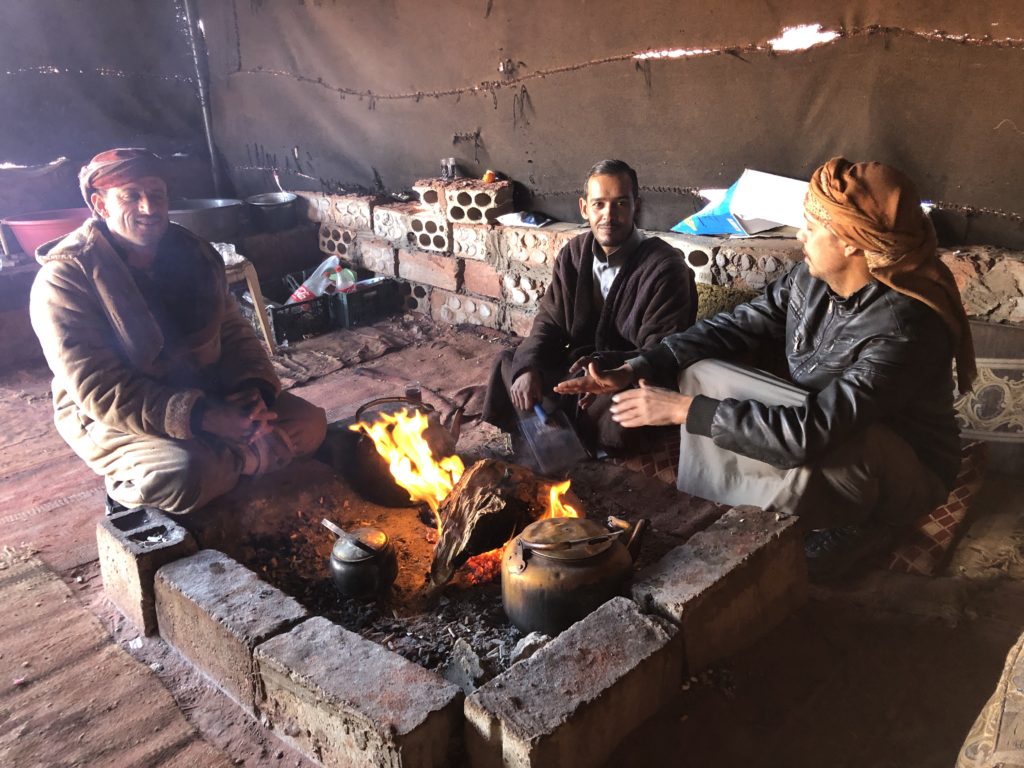
Back in Rum, as we marveled at the large congregations of Tristram’s Starlings (black birds with unexpected orange wing-patches), we said goodbye to Ahmed, and went on our way as the guide who’d brought us to Wadi Rum drove us onward towards one of the Seven Wonders of the Ancient World, Petra. It was there where we were to spend the night, and take a tour of the area the next day.

